Butetown is an ever-developing area with a rich history as well as many cultural hotspots – here are its most important features.

Butetown, also referred to as Tiger Bay or The Docks is a tiny district in Cardiff and is best known for being the most multi-ethnic and diverse place in the whole city. In fact, it is one of the UK’s first multicultural communities. By the outbreak of the First World War, people from over 50 countries resided in Butetown, with many working down at the docks.
From an array of Indian restaurants to Somali cafes, Butetown has a lot to offer to its residents and those who visit it.
Butetown – or in Welsh, Tre-biwt – attracted several Welsh-speakers due to the growth of the docks in the 19th century, and although the number of Welsh-speakers in the area has seen a decline since then, Welsh-speakers remain an integral part of its community.
Butetown is also home to Cardiff Bay, the Millennium Centre and the Welsh Senedd. There are a few things that people might not know fully about Butetown.
Butetown is Cardiff’s Political Hub
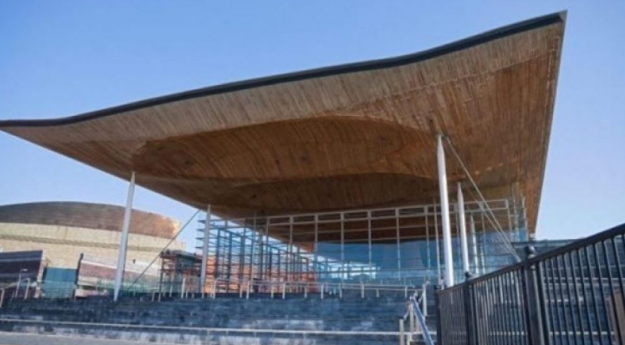
The Butetown constituency is home to the National Assembly for Wales –The Senedd. This a building filled with political debate, with Assembly Members meeting in the Senedd in order to discuss important matters devolved to Wales. The Senedd was opened in 2006 and is a part of the National Assembly estate at Cardiff Bay that also includes the Pierhead Building and Ty Hywel. The Assembly Member who represents the Butetown area (Cardiff South and Penarth) is Vaughan Gething, who is currently campaigning to become Welsh Labour’s new leader, and consequentially, Wales’ new First Minister.
Cardiff Bay is ideal for fans of Art and Theatre
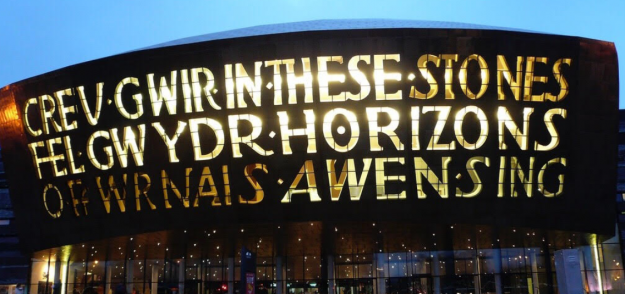
Last summer, the National Eisteddfod – a Welsh-language festival including singing, dancing and literature competitions, as well as music concerts and gigs – was held at Cardiff Bay, with many of Butetown’s locals praising the multicultural, inclusive nature of the event. The Wales Millennium Centre was used as a focal point for many of the competitions as it’s renowned for its Donald Gordon Theatre. Whether you’re a fan of musicals, comedy shows or plays, the Wales Millennium Centre is certainly not to be missed whilst you’re in the Butetown area.
Butetown has an incredible culture of sports

Butetown Dragons, a community-led women’s basketball team is the pride and joy of Butetown. They compete in the West of England Basketball Association league. They have consistently performed well against their opponents with outstanding rankings all around. Not just basketball, but Butetown also has its own football team called AFC Butetown which was founded almost 20 years ago. Catching a game of either of the teams should be on one’s agenda whilst visiting Butetown.
One problem facing Butetown is a major drug epidemic dating back to the 19th century
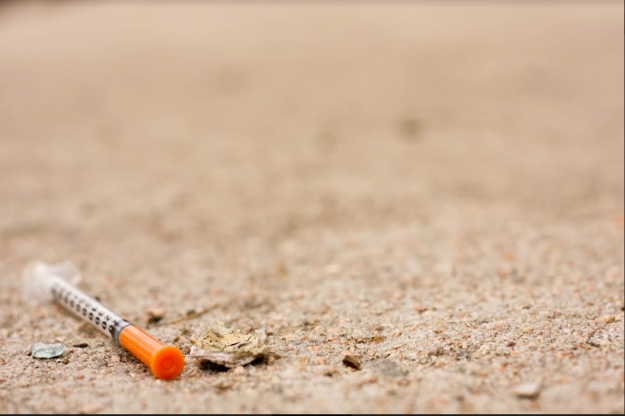
Originally it was represented by opium dens, but now drugs such as cocaine and Spice, a drug some users claim to be worse than heroin, are easily accessible. The epidemic is particularly pronounced among the homeless, although it is by no means limited to them. The epidemic is so serious, in fact, that residents regularly witness drug deals outside their homes in broad daylight, despite there being Cardiff’s largest police station nearby. In addition, there have been cases of users injecting drugs in the presence of children, also in broad daylight, and playing fields and children’s parks have been used for the taking and selling of drugs. Drug paraphernalia has been discovered on the streets, including outside of churches and schools. The community, in response, has been taking a stand against the crisis, with civilians having to openly confront drug dealers and drug users, and forming a neighbourhood watch scheme in which groups patrol the streets three nights a week. However, they have spoken out about the need for the South Wales police to step up efforts to tackle this problem.
Butetown has long been a marvel of multiculturalism, serving as a home for communities from all over the world
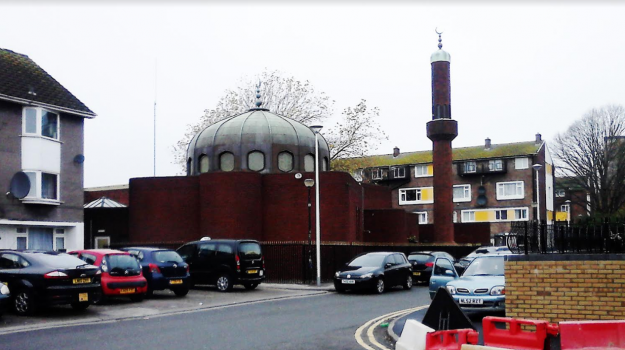
This began in the early days of the industry of Cardiff Docks, in the early to mid-19th century. With the arrival of the coal and shipping industries came sailors from all corners of the globe, in particular, the 19th century British Empire countries. These people would then work on the ships issuing from Cardiff Docks, travelling globally once more to spread its industry. At the height of this period, there were more than 50 different languages spoken at Tiger Bay. While the area is no longer the hub of industry that it was in those days, that legacy remains in the presence of these diverse ethnic communities. Specifically, there is a large presence of Muslims, with their forming just over 20% of the residents in Butetown. Butetown was the site of the first ever mosque in Wales, and there are two currently situated there. There are also Somali, Yemini, Bengali, Afro-Caribbean, and Jamaican communities, among others. At present, Butetown has the highest percentage of ethnic minorities in all of Cardiff.
One of the oldest buildings in Cardiff is in Butetown
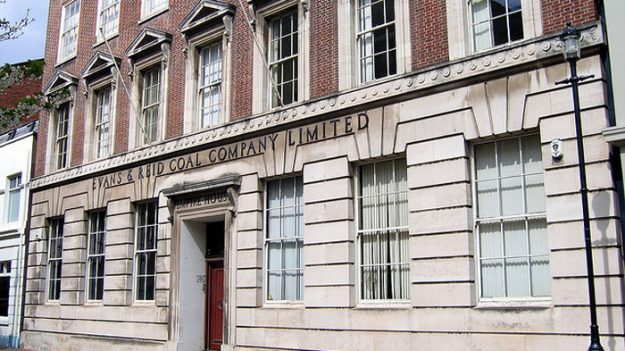
The Empire House building located near Mount Stuart Square was once integral to the workings of the Cardiff docks and had close business ties with the Reardon Smith Shipping Company. Reardon Smith, founded by William Reardon Smith in 1905 worked relentlessly throughout the first World War to provide the troops with vessels and naval support. Most of the administrative business was done in the Empire House building. Empire House stands tall and glorious with beautiful architecture and stonework and anyone who misses this marvel is missing out on one of the hidden gems of Butetown and especially Cardiff.
Children in Butetown can now expect a local Welsh-medium school
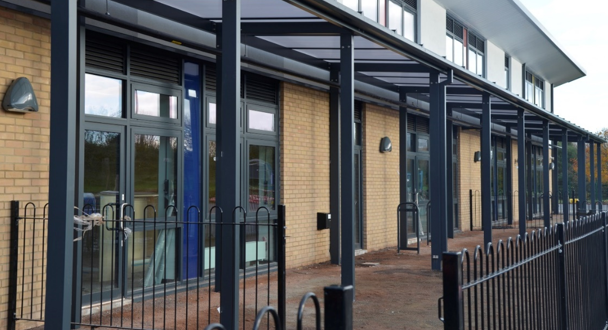
Cardiff’s Butetown used to be one of the capital’s Welsh-speaking heartlands. However, the increasing English-speaking congregations and ethnic minorities then made English the most commonly used language there. In 2016, there were 15 Welsh-medium schools in Cardiff but none in Butetown. The shortfall promoted the construct of the first Welsh-medium primary school, Ysgol Gymraeg Hamadryad, in Butetown. The school is temporarily located in Virgil Street and expected to move to a new permanent location in Cardiff bay after Christmas, which will be delivered to an extremely high standard with the expansion of teaching space for over 400 pupils.
There is an artist-led gallery worth visiting in Cardiff Bay
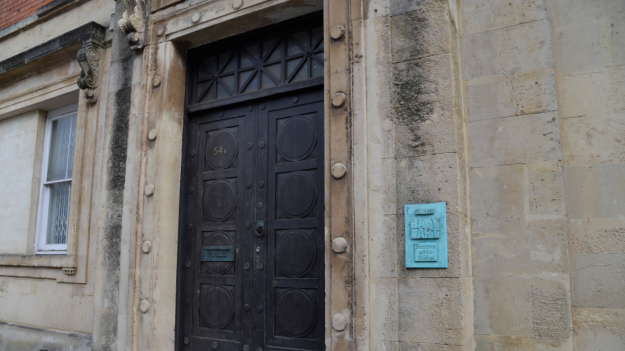
BayArt Gallery is a studio located in the Cardiff Bay, and it had provided a large group of wales artists a platform for exhibitions to support local art. Before that, it was the Association of Artists and Designers in Wales, which was formed in the mid-1970’s to administer affordable studios for artists. Those artists later formed a successful group known as Butetown Artists. Apart from the artwork, the gallery also wants to inspire people visual language, for example, BayArt encourages school groups and Families to see exhibitions or take part in workshops with artists.
The Red Dragon Centre in Cardiff Bay will be replaced next year, which was agreed by the council
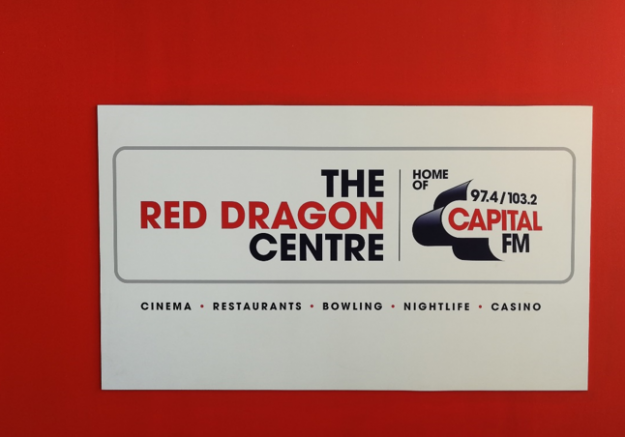
There will be a new 15,000-capacity indoor arena in Cardiff Bay on the site of the Red Dragon Centre. This new indoor arena may cost of £100m and represents the level of the city’s infrastructure offer, which can provide new attractions for citizens and tourists to enjoy.’
The Norwegian Church often gives out free entries for charity. The gift shop in the Norwegian Church is only free to entry from Nov 15 to Dec 23 (10:30am—16:00pm)
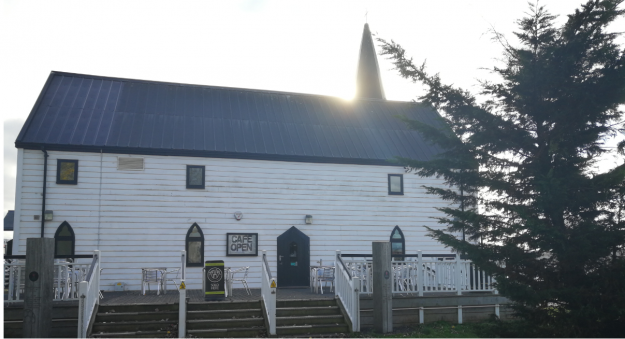
Those crafts, which are designed for decorating, are well worth buying for your friends and families, celebrating the coming Christmas. Most of them are both beauty and practicality—simple but close to nature.
